To provide the best experiences, we use technologies like cookies to store and/or access device information. Consenting to these technologies will allow us to process data such as browsing behaviour or unique IDs on this site. Not consenting or withdrawing consent, may adversely affect certain features and functions.
The technical storage or access is strictly necessary for the legitimate purpose of enabling the use of a specific service explicitly requested by the subscriber or user, or for the sole purpose of carrying out the transmission of a communication over an electronic communications network.
The technical storage or access is necessary for the legitimate purpose of storing preferences that are not requested by the subscriber or user.
The technical storage or access that is used exclusively for statistical purposes.
The technical storage or access that is used exclusively for anonymous statistical purposes. Without a subpoena, voluntary compliance on the part of your Internet Service Provider, or additional records from a third party, information stored or retrieved for this purpose alone cannot usually be used to identify you.
The technical storage or access is required to create user profiles to send advertising, or to track the user on a website or across several websites for similar marketing purposes.
Turquoise Checkerboard Discus – Symphysodon aequifasciatus “Turquoise Checkerboard” size 5 to, Stunning Tropical Fish, Ideal Companions for Beginner Aquarists Seeking Colorful Additions 1 × £55.00

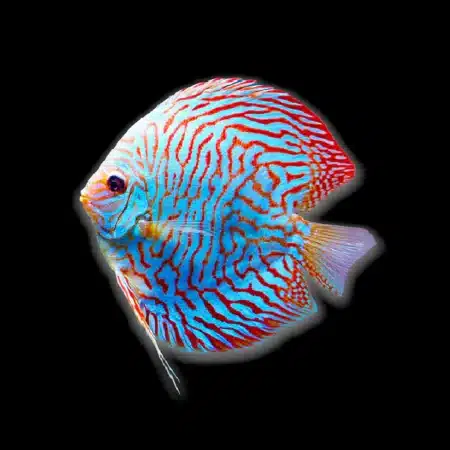 Turquoise Checkerboard Discus – Symphysodon aequifasciatus “Turquoise Checkerboard” size 5 to, Stunning Tropical Fish, Ideal Companions for Beginner Aquarists Seeking Colorful Additions
Turquoise Checkerboard Discus – Symphysodon aequifasciatus “Turquoise Checkerboard” size 5 to, Stunning Tropical Fish, Ideal Companions for Beginner Aquarists Seeking Colorful Additions 

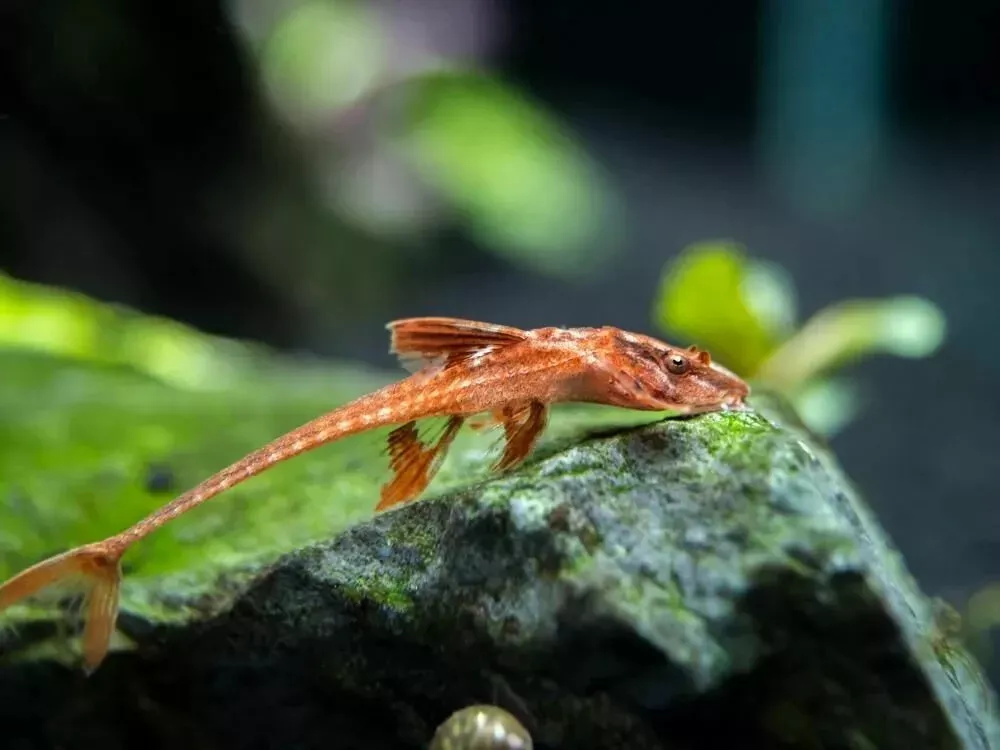

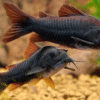


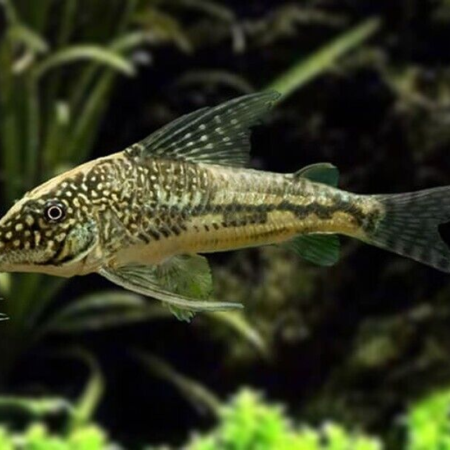
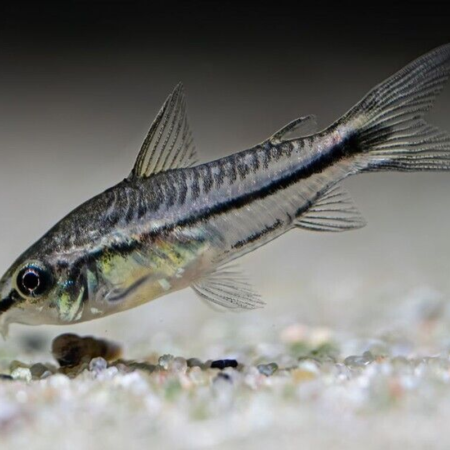








Emily Carter (verified owner) –
I recently purchased the 2 x Red Lizard Whiptail Catfish (5-7cm) and I am absolutely thrilled with my decision! As an experienced hobbyist, I appreciate these unique pleco fish for their stunning colors and gentle nature. After just a week in my 75-gallon tank, they settled in beautifully, exploring every nook and cranny while keeping my aquarium’s algae in check. Their peaceful demeanor makes them perfect tank mates for my community setup.
What I love most is how they contribute to the overall health of my aquatic environment. These tropical fish are not only eye-catching but also play a vital role in maintaining a balanced ecosystem. Compared to other plecos I’ve kept, I’ve found the Red Lizard Whiptail to be more social, often interacting with my other fish.
If you’re looking to add some personality and efficiency to your aquarium, I highly recommend these catfish. They are perfect for both beginner and seasoned aquarists. Just make sure your tank has plenty of hiding spots and driftwood! I can’t wait to see how they thrive as they grow. Would definitely buy again!
Emily Carter (verified owner) –
I recently added 2 Red Lizard Whiptail Catfish to my 75-gallon community tank, and I couldn’t be happier! These little beauties, each around 6 cm, have quickly become the stars of my aquarium. Within just one week, they adapted beautifully to their new environment, exploring every nook and cranny. I love how they help keep my tank clean by munching on algae, which is a huge bonus for a busy fish parent like me!
Compared to other pleco fish I’ve had in the past, these guys are more sociable and less territorial. They pair well with my other tropical fish, and I’ve seen them interact playfully with my tetras. The shipping was prompt, and they arrived healthy and vibrant, which speaks to the quality care they received before coming to me.
If you’re an aquarium enthusiast looking to create a vibrant tropical environment, I highly recommend these catfish! They’re perfect for beginners or anyone wanting a lively tank. Just remember, they appreciate places to hide, so adding some driftwood or plants will keep them happy and secure. I will definitely be purchasing more in the future!